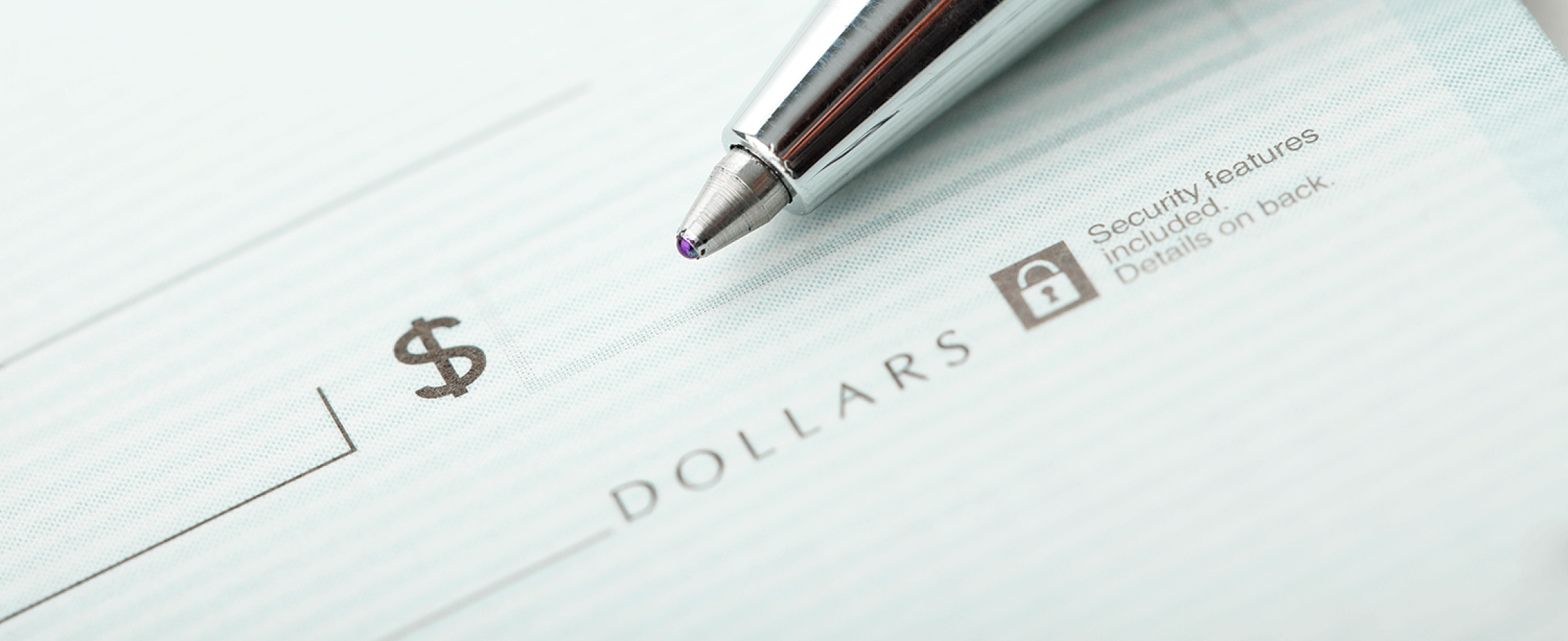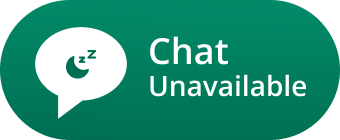
How to spot a fake check
You receive an unexpected check in the mail for something you didn’t ask for. You may think this is free money but watch out … you could be scammed.
According to the 2021 Consumer Sentinel Network Data Book, prizes, sweepstakes, and lottery scams had 148,243 reports, or 2.58%. Foreign money offers and fake check scams has 39,139 reports in 2021, or 0.68%.
Learn how you can spot a fake check and what to do if you become a victim.
Types of fake check scams
Many types of scams use fake checks, according to the FTC. These scams include:
- Mystery shopping: Scammers pretend to hire people as mystery shoppers and tell them to evaluate a retailer that sells gift cards, money orders, or offers money-transfer services. The shopper receives a check with instructions to deposit it into their personal account and wire it to another person. Once it’s wired, the person and the money disappear.
- Personal assistants: A person applies online and gets hired as a personal assistant. They receive a check to buy gift cards, or equipment or supplies for a new client. Once the scammers get the gift card’s personal identification number (PIN), they instantly use them, leaving the assistant without any money when the bank realizes the check is bad.
- Car wrap decals: People interested in car wrap advertising are asked to deposit checks and send money to non-existent decal installers.
- Claiming prizes: Sweepstakes winners receive checks and are told to send money to cover taxes, shipping and handling charges, or processing fees.
- Overpayments: People buying something online accidentally send a check for too much and request a balance refund. The refund is wired back, and the check eventually bounces.
- Windfall scams: A person wins a foreign lottery or receives an inheritance from an unknown relative. The person may receive a check – that later bounces – and is asked to pay fees or foreign taxes in exchange.
- Work-at-home scams: A foreign or out-of-state company hires a person to sell or ship products. The person is asked to pay for certifications or supplies and doesn’t receive any reimbursement.
Your bank and fake checks
It could take weeks for a bank to determine that a check is fake. The fake checks are often printed with names and addresses of legitimate financial institutions, according to the FTC. By law, banks must make deposited funds available, usually within two days. When the funds are available in your account, the bank may say the check has cleared, but it may not be a good check. Because it may take weeks to discover and fix, the scammer has the money you sent, leaving you to pay the funds back to the bank.
How to spot a fake check
Do you know the difference between a real check and the fake one? According to AARP, here are some tips to recognizing a fake check.
- Edges: Most legitimate checks have a perforated or rough edge. If the edges are smooth, it may have been printed from a personal computer.
- Bank logo: On a fake check, there is often no bank logo or one that’s faded. It looks like it was copied from an online photo or software.
- Bank address: The lack of a street address, just a P.O. box, or an incorrect ZIP code are indicators of a fake check.
- Check number: If there’s no check number in the top right corner, or the number doesn’t match the check number in the MICR line, it’s counterfeit.
- Amount: The check shouldn’t be written for more than you expect. Make sure you’re receiving the correct amount.
- Paper: Fake checks feel lighter than the paper stock authentic checks are printed on. They may also feel slippery.
- Signature: Stains or gaps around signatures, a digitized appearance, or many up and down pen strokes can determine the signature was from a scanned original or was forged.
- MICR line: At the bottom of a real check are a series of digits in an unusual font, with the routing number, account number and check number. This font is called MICR, or magnetic ink character recognition. A specialized check-sorting machine can read the MICR numbers. On a fake check, the MICR numbers are shiny.
- Routing number: The first nine digits of the MICR line are the routing number used to identify which bank issued the check. A fake check may have no routing number or with fewer or more than nine digits. You can verify routing numbers by going to the Federal Reserve E-Payments Routing Directory.
How to avoid a fake check scam
According to the FTC, you should:
- Never use money from a check to send gift cards, money orders, or wire money to strangers or someone you just met.
- Toss offers that ask you to pay for a prize.
- Never accept a check for more than the selling price.
Where to report fraud
If you think you’re a victim of a fake check scam, report it to:
The information in this article was obtained from various sources not associated with Adirondack Bank. While we believe it to be reliable and accurate, we do not warrant the accuracy or reliability of the information. Adirondack Bank is not responsible for, and does not endorse or approve, either implicitly or explicitly, the information provided or the content of any third-party sites that might be hyperlinked from this page. The information is not intended to replace manuals, instructions or information provided by a manufacturer or the advice of a qualified professional, or to affect coverage under any applicable insurance policy. These suggestions are not a complete list of every loss control measure. Adirondack Bank makes no guarantees of results from use of this information.

